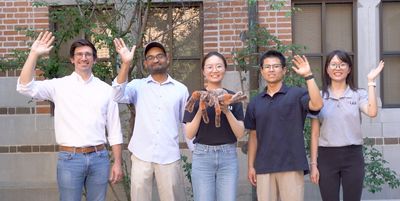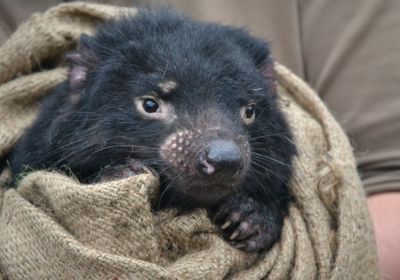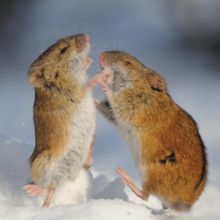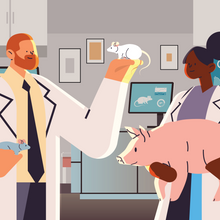Login
Subscribezoology

How Do Scientists Decide a Species Has Gone Extinct?
Andy Carstens | Mar 1, 2023 | 10 min read
Getting it wrong can harm the very creatures that scientists are trying to protect.
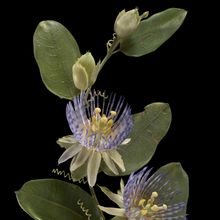
Glass Menagerie, 1863–1936
Dan Robitzski | Feb 1, 2023 | 3 min read
The father-and-son duo Leopold and Rudolf Blaschka crafted thousands of scientifically accurate models of plants and sea creatures as teaching aids.
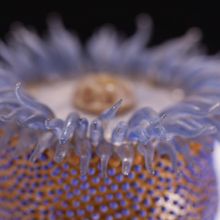
Slideshow: The Lifelike Glass Models of Leopold and Rudolf Blaschka
Dan Robitzski | Feb 1, 2023 | 3 min read
The father-and-son duo, the last generations of a long line of renowned glassworkers, crafted thousands of realistic models of plants and sea creatures.
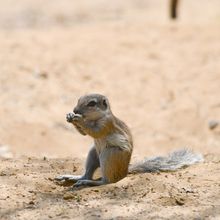
Animals Are Shape-Shifting in Response to a Warming World
Andy Carstens | Jan 3, 2023 | 10 min read
Forced to respond to a climate that’s changing faster than it ever has, it remains unclear whether species’ adaptations can keep pace.
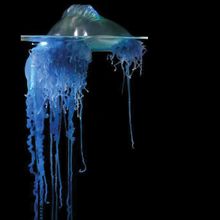
Slideshow: Meet the Neuston, the Diverse Organisms Living at the Ocean’s Surface
Amanda Heidt | Jan 2, 2023 | 2 min read
The ocean’s surface harbors an ecosystem of colorful, understudied life, ranging from protists and cnidarians to insects.
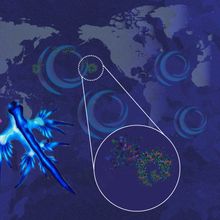
Infographic: Neuston Drift Atop the World’s Oceans
Amanda Heidt | Jan 2, 2023 | 1 min read
The sea surface is home to a diverse group of animals adapted to life in the open ocean, but increasingly, they’re sharing that space with plastic debris.
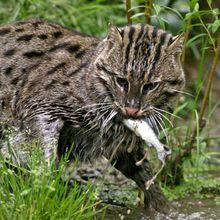
Genome Spotlight: Fishing cat (Prionailurus viverrinus)
Christie Wilcox, PhD | Dec 22, 2022 | 5 min read
A high-quality reference genome for this vulnerable feline may help scientists understand why they’re so prone to transitional cell carcinoma in captivity.
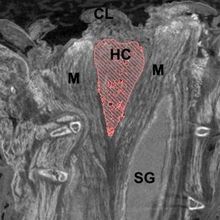
Snakes Have Clitorises After All, Study Finds
Natalia Mesa, PhD | Dec 13, 2022 | 4 min read
Researchers visualize the snake clitoris in detail for the first time, finding evidence that the organ may be evolutionarily important for snake sex.

Opinion: Listening to the Biosphere Is Key Step in Saving It
Karen Bakker | Dec 12, 2022 | 4 min read
New insights into the functionality of nonhuman sound may help us conserve nature and protect ourselves from excessive noise.

Inside the Project Trying to Save Datasets from Extinction
Ian Rose | Dec 1, 2022 | 5 min read
Researchers race to find ecological data kept on outdated media or in dusty backroom boxes—before they’re lost forever.
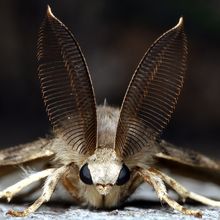
Many Moths Speak Up to Ward Off Bats
Connor Lynch | Dec 1, 2022 | 5 min read
A decade-long, multicontinent study suggests that acoustic defense strategies are more common among moths than previously imagined.
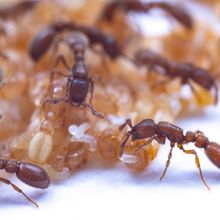
Ant Pupae Feed Adults, Larvae with Secreted Liquid
Viviane Callier | Nov 30, 2022 | 4 min read
The molting fluid of ant pupae functions as “metabolic currency” in the ant colony and may have enabled the evolution of eusociality.
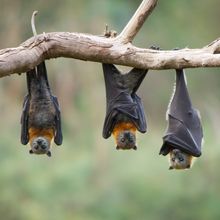
Climate Change, Deforestation Drive Bat Virus Spillover Into Humans
Amanda Heidt | Nov 17, 2022 | 4 min read
Bats that experience food shortages due to climate change and habitat loss end up roosting in urban settings, where they shed more of the deadly Hendra virus.
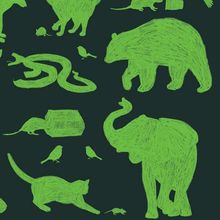
Book Excerpt from Pests
Bethany Brookshire | Nov 14, 2022 | 5 min read
In a chapter on cats, author Bethany Brookshire explores the thorny issue of felines that live freely.
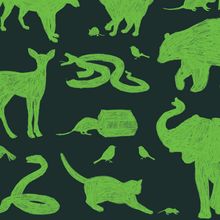
Opinion: Are Cats Friends or Fiends?
Bethany Brookshire | Nov 14, 2022 | 4 min read
In Pests: How Humans Create Animal Villains, I explore what it is that makes an animal a pest—and it has nothing to do with their behavior, but rather our own desires and beliefs about the natural world.
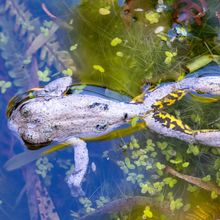
Chytrid Fungus Deploys Varying Strategies to Infect Amphibians
Tess Joosse | Nov 14, 2022 | 2 min read
The ability to activate different sets of genes has likely helped the chytrid fungus Batrachochytrium dendrobatidis spread widely in amphibians, resulting in global population declines.
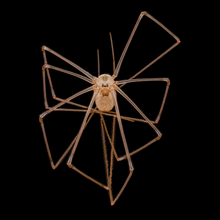
Science Snapshot: Legs for Days
Lisa Winter | Nov 2, 2022 | 1 min read
This image took 4th place at the 2022 Nikon Small World Photomicrography Competition.
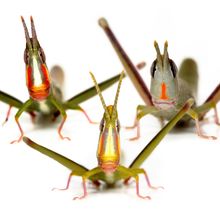
How a Grasshopper Gave Up Sex, Took Up Cloning
Dan Robitzski | Nov 1, 2022 | 5 min read
Meet the grasshopper that has reproduced asexually for a quarter of a million years—without acquiring undue numbers of harmful mutations.

Opinion: The Problem with Researchers Hoarding Resources
Jose Valdez and Sandeep Sharma | Nov 1, 2022 | 4 min read
For too long, some scientists have acted like Gollums of the ivory tower, guarding precious study sites, model organisms, and even entire fields of inquiry.
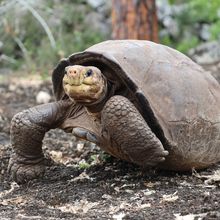
When an Extinct Species Is Found Alive, What Happens Next?
Andy Carstens | Nov 1, 2022 | 6 min read
Finding a creature in the wild that had been considered long gone brings hope—and quite a bit of uncertainty.
